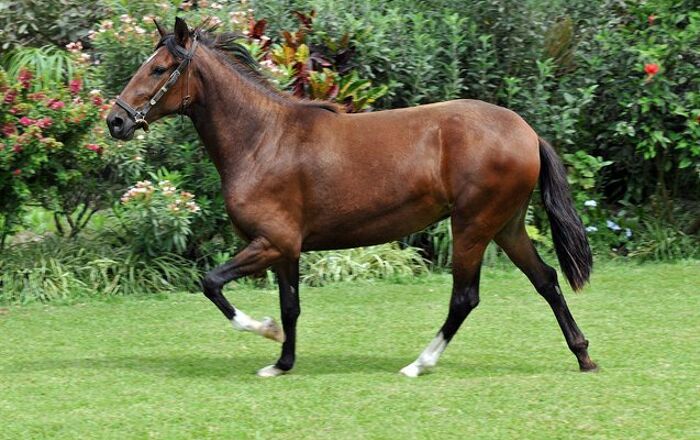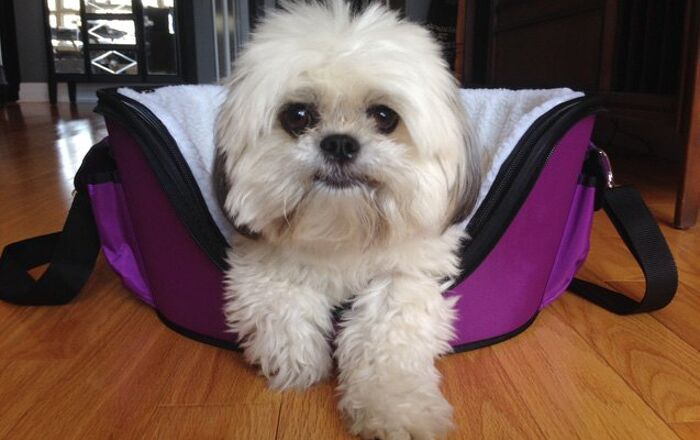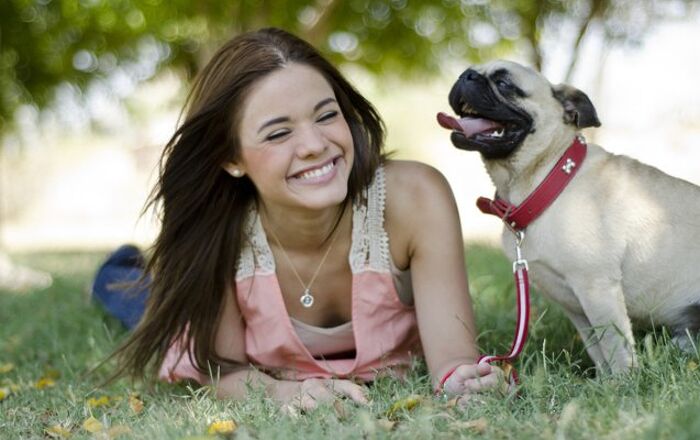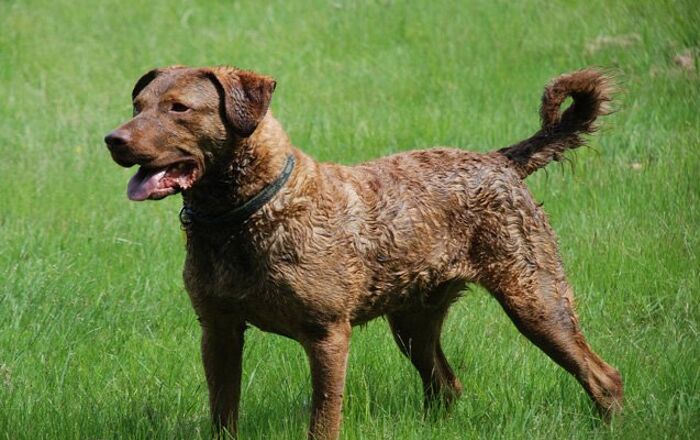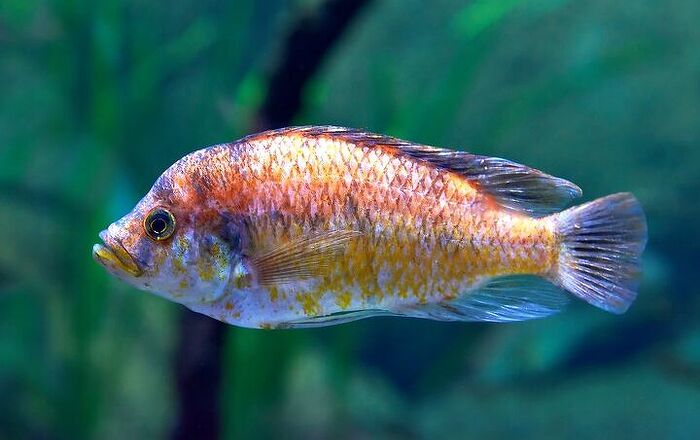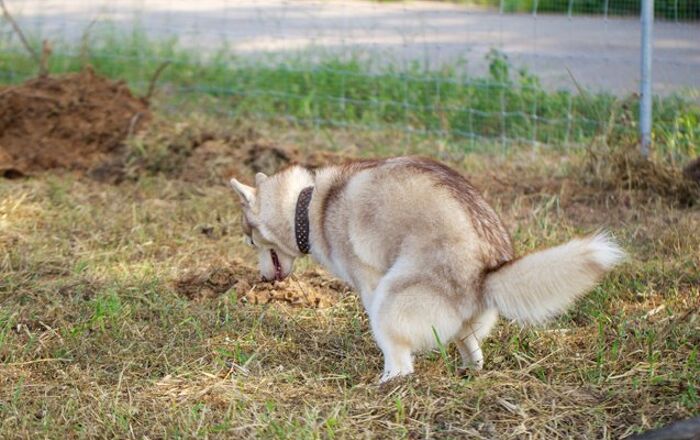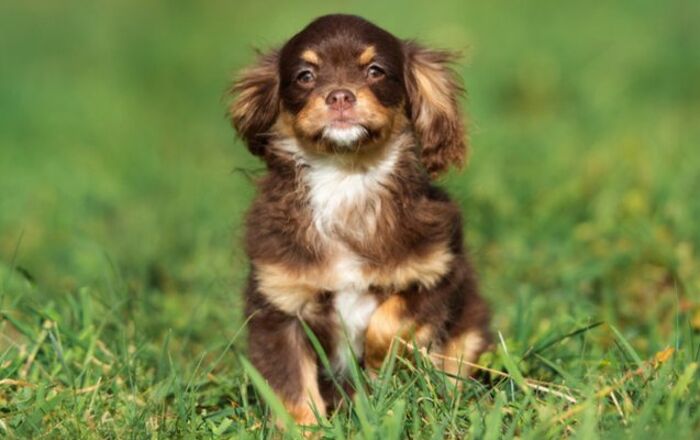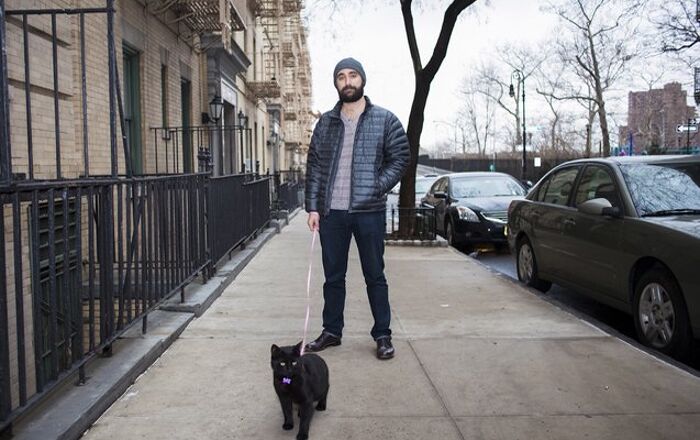
Your pooch doesn’t need to say a word for you to understand what he’s feeling. Understanding dog body language tells you everything you need to know.
Though dogs cannot speak to humans in the same way that we speak to each other, they are still able to communicate with us. You don’t have to spend hours analyzing your dog’s different barks to know how he is feeling – all you have to do is observe his body language. Body language is an important part of the way dogs communicate, both with humans and with each other. Here are some of the basics about dog body language so you can better understand your pooch.
Reading Facial Expressions
You can learn a lot about how your dog is feeling by reading his facial expressions – that is, the set of his ears, mouth and eyes. When your dog is feeling comfortable, his eyes will be normal in shape and size for his breed, either round or almond-shaped. If he is feeling threatened, however, his eyes may appear larger than normal. If your dog is squinting, it could be an indication of stress or pain. The direction of your dog’s gaze can also tell you a lot. For the most part, dogs do not look each other in the eye because it can be perceived as a threat. Similarly, if a dog is looking directly at you with an intense gaze, it could be a sign of aggression.
Related:New Harness Helps Dogs And Humans Communicate
In regards to a dog’s mouth, the position of his lips, jaw and teeth can tell you a lot about the way he is feeling. If the dog is relaxed, his mouth is likely to be either closed or just slightly opened with a relaxed set to the jaw. A dog that is feeling nervous or submissive will also likely have his lips closed, though they may pull back at the corners and he may flick his tongue in and out. A dog that is pulling back his lips to expose his teeth while also wrinkling the top of his nose is displaying aggression, warning you not to come any closer.
When your dog is feeling comfortable and relaxed, he will hold his ears in their natural position. Some dogs have naturally pricked or semi-pricked ears while others have drop ears than hang down on either side of the head. When a dog is feeling aggressive, he will raise his ears and move them forward. A dog that pulls his ears back is signaling that he does not intend to pose a threat. If the dog’s ears are flattened to his head, he is likely feeling frightened or submissive.
Related:6 Off-Leash Tips For The Dog Park
Dog Tail Positions
If you assume that every dog who is wagging his tail is friendly, you may be in for a rude awakening. There are many reasons why a dog might wag his tail. In some cases, tail wagging indicates excitement or friendliness, but it can also be a sign of aggression. Similarly, a dog who is not wagging his tail isn’t necessarily unfriendly – it may simply be the way he naturally holds his tail. When your dog is happy, he may gently wag his tail from side to side and when he is nervous, he will likely hold it down between his rear legs. A dog that is feeling aggressive may hold his tail high and stiff, moving it rigidly back and forth.
Overall Dog Body Language
While the signals discussed above are good ways to tell whether a dog is feeling calm, submissive, frightened or aggressive, the overall posture of the dog will also provide a good indication. If your dog’s muscles are relaxed and his weight is evenly balanced, he is likely feeling calm. When your dog is feeling playful he may be bouncing or running around, but his facial expression should not indicate any signs of aggression. When a dog is scared, he may lower his body to the ground and hunch his back – a submissive dog will exhibit similar behavior. If the dog is feeling aggressive, however, he will try to make himself appear larger than he is by tensing his muscles and centering his weight over his front legs so he can lunge if he needs to.
Learning to read a dog’s body language is a good way to tell how he is feeling. You can implement these observations for your own dog and other dogs you encounter. Keep in mind that different dogs may have different natural positions for their ears and tail, so keep an eye out for universal aggressive behavior such as snarling and lunging.
